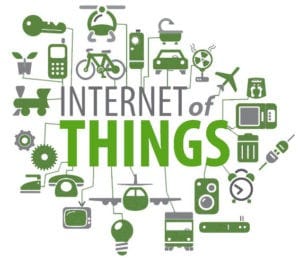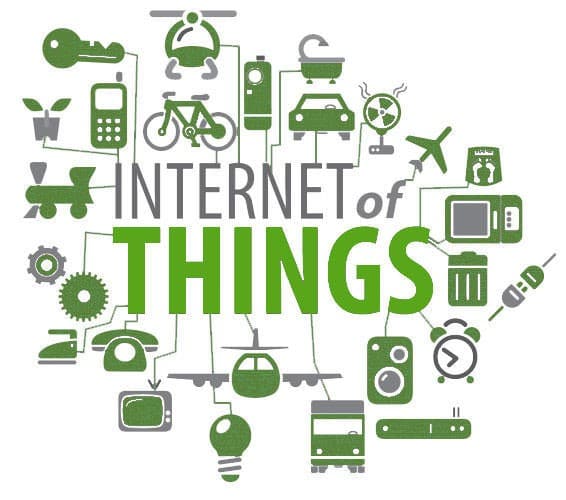- The number of devices connected to the Internet, which includes various machines, sensors, and cameras that make up the Internet of Things (IoT), continues to grow at a steady pace.
- A new forecast from International Data Corporation (IDC),the provider of intelligence, advisory services, and events for the information technology, telecommunications, and consumer technology markets has estimated that there will be 41.6 billion connected IoT devices (or things) which would generate 79.4 zettabytes (ZB) of data in 2025.
 The above numbers come as a good news for the advocates of IoT and is a huge boost for the current industries completely dependent on this technology. At the same time, it should also be kept in mind that the amount of data generated by these devices will consequently grow. Some of this data is small and bursty, indicating a single metric of a machine’s health, while large amounts of data can be generated by video surveillance cameras using computer vision. Other categories such as industrial and medical will also increasingly generate more data over time.
The above numbers come as a good news for the advocates of IoT and is a huge boost for the current industries completely dependent on this technology. At the same time, it should also be kept in mind that the amount of data generated by these devices will consequently grow. Some of this data is small and bursty, indicating a single metric of a machine’s health, while large amounts of data can be generated by video surveillance cameras using computer vision. Other categories such as industrial and medical will also increasingly generate more data over time.
Predictions and responsibilities
IDC also projects that the amount of data created by these connected IoT devices will see a Compound Annual Growth Rate (CAGR) of 28.7% over the 2018-2025 forecast period.
According to the group vice president, IoT, 5G and Mobility at IDC, Carrie MacGillivray, as the market continues to mature, IoT will increasingly become the fabric enabling the exchange of information from ‘things’, people, and processes.
She also added that the understanding of the amount of data created from a plethora of connected devices will allow organisations and vendors to build solutions that can scale the data-driven IoT market.
David Reinsel, senior vice president, IDC’s Global DataSphere stated that as our world is becoming increasingly more ‘sensorised,’ new levels of intelligence and order are coming up to personal and random environments. However, with every new connection comes a responsibility to manage new security vulnerabilities and privacy concerns. For this, companies must address these data hazards in order to advance to new levels of efficiency and customer experience.
Opportunities and expectations
IDC expects to see strong adoption of household and wearable devices, besides industrial and automotive equipment that represent the largest opportunity for the growth of connected things .
Drones, while still early in adoption, show a great potential to access remote or hard to reach locations and will also be a big driver of data creation using cameras.
This brings the entire topic to the video surveillance category which tends to drive a large share of the IoT data. This rich data includes audio, image, and video with analytics and artificial intelligence magnifying data creation beyond just the data capture.
The importance of metadata
It should also be noted that the IoT metadata category (all the data that is created about other IoT data files) is a growing source of data to be managed and leveraged.
Metadata, as compared to the original source files like a video image, is quite small. In certain cases, metadata can be the size of the original source file, such as in manufacturing environment.
In all cases, metadata comprises of valuable data that can be leveraged to bring new levels of understanding, intelligence, and order to outwardly random environments.










